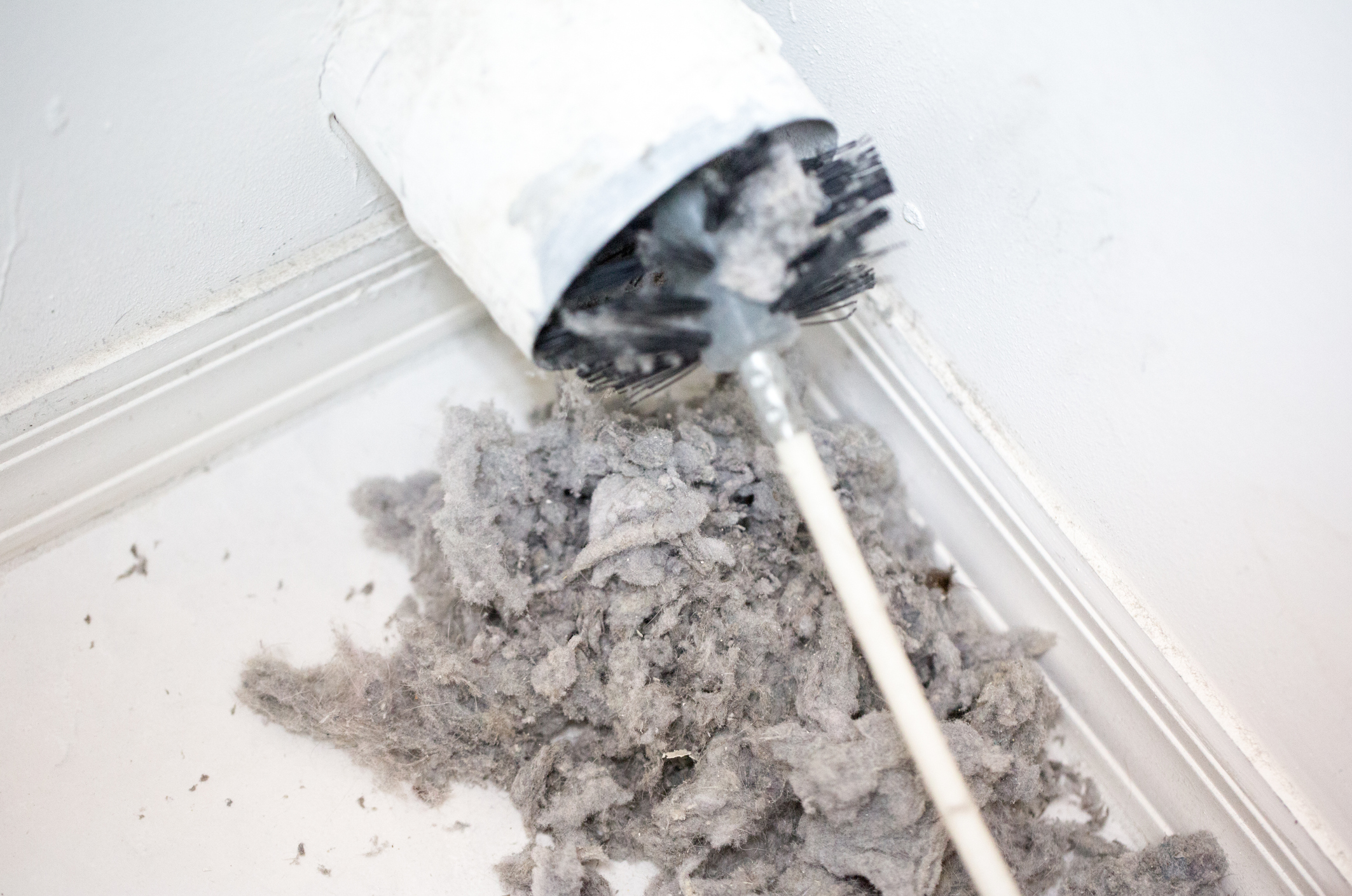How Dryers Can Become Fire Hazards

18 Nov, 2020 / Comments: Comments Off on How Dryers Can Become Fire Hazards / By admin
Dryer fires are something hardly anybody ever thinks about. You don’t read about them on social media, it doesn’t come up in conversation, and there is never a news story that begins with a headline about a dryer fire. So, just how much of a concern is it?
According to the National Fire Protection Association, clothes dryers cause about 13,000 home fires every year. This is the number of incidents that get a response from firefighters and does not include unreported fires.
Causes
Most dryer fires are caused by lint accumulation. And it’s not always the lint catching on fire. Dryer fires can also be caused by the constriction and blockage of the dryer’s exhaust ventilation. This results in heat being retained near or inside the wall. The dryer itself is metal and not flammable, but the building materials certainly are. Generally speaking, mismanaged heat is the leading cause of an appliance fire, and lint accumulation causes mismanaged heat.
Mechanical and electrical failure account for a significant portion of dryer fires. This includes short circuits in a failing heating element, overheating bearings that no longer turn freely, and old wiring. Older units are at particularly high risk, as their components wear out.
Improper use is another common problem, which means using a dryer outside the manufacturer’s recommended guidelines. This includes drying items made of unsafe material, such as rubber-backed bath mats or plastic and vinyl products. These items will often have a warning label that recommends against putting them in a dryer. Improper use also includes overstuffing the dryer, which prevents correct exhaust ventilation and places a greater strain on the motor that turns the drum.
Incorrect installation, sometimes done by a homeowner or inexperienced handyman, can also result in a fire. This includes using the wrong voltage to power an electric dryer, incorrectly installed gas lines, and failing to provide proper clearance and ventilation. Once in a while, someone will think it’s a good idea to have floor-length drapes behind their dryer.
Prevention
Clean the lint filter after every load. Not once a month, not once a week. Depending on the fabrics being dried, the lint filter can become obstructed entirely after one load. Towels and fuzzy clothes are most likely to shed high amounts of lint.
Replace accordion-type exhaust hoses with a rigid metal pipe. The pleats and sag of the hose tend to hold onto lint. When installing a metal pipe exhaust, use external clamps rather than sheet metal screws, which can protrude into the pipe enough to catch the lint.
Clean the exhaust ductwork at least once a year. The lint filter is not 100% effective at catching every particle, and the lint that manages to get through can accumulate inside the exhaust duct. As a test, go outside while your dryer is running and hold your hand near the exhaust vent. You should feel plenty of warm air coming out. If you don’t, your exhaust duct might be partially blocked. Is there lint accumulating on the ground under the exhaust vent? That’s another sign the ductwork needs cleaning.
Be careful when using chemical solvents to clean fabrics. Many cleaning products are flammable, and the fabric needs to be washed wash before you toss it in the dryer. According to the Consumer Product Safety Commission, fabrics with gas, oil, or any other volatile chemicals need to go through two wash cycles before drying. The dryer setting should include a cool-down period.
When cleaning around your gas dryer, make sure not to disturb the gas line. A kink in the copper line or a stressed fitting can result in a gas leak, presenting significant risk.
Certain types of appliance failure are unavoidable. After all, parts wear out. But be aware of warning signs. Has the dryer developed an unusual noise that could indicate metal parts not moving freely? Does it seem to be turning slower than usual? Do the controls still feel stable, or have they become wobbly? Routine inspection can help discover electrical and mechanical problems before they become dangerous.
